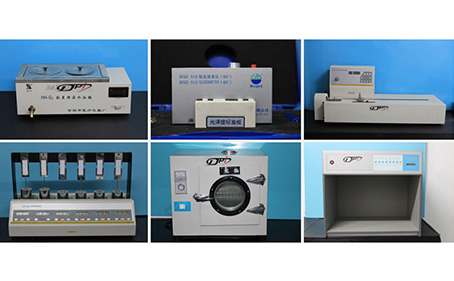FDM (Fused Deposition Modeling) technology is one of the most common 3D printing technologies, but not only for desktop-grade equipment, but also for industrial-grade equipment. As the inventor of the technology, Stratasys shared some technical dry goods for the application of FDM3D printing technology in the industry.
Here's how to use industrial-grade FDM3D printing technology to print out parts with variable density. Not only that, if the operation method is proper, FDM technology can also greatly save time and cost. What is the best way to operate?
Step 1: Introduction
The unique feature of FDM technology is that its individual parts can have areas with different construction styles to make parts with variable density. Unlike the preset style of the system, strong or sparse will be applied to the entire part. Variable density allows a single part to be combined with a strong and sparse filling pattern, and the density of each area can be adjusted independently.
With only a few minutes of additional design and pretreatment, you can save hours of construction time and greatly improve the properties of the parts.
The advantages of variable density parts are:
1. Optimize strength, weight and performance
2. Shorten construction time and cost
3. Enable advanced applications (such as terminal parts, fiber molding and thermoforming)
4. Adjust the center of gravity of parts (for example, use a smaller motor to run a larger robot arm)
Use 3D computer-aided design (CAD) and Insight software to create variable density parts. In order to fully control each area, the 3DCAD model is divided into sub-components, and each model may have a unique density. Each sub-component has a different tool path selection.
Variable density is often used when optimizing the functionality of a design. For example, solid fillers are used when additional strength is needed, while the rest of the part is constructed using sparse fillers.
You will need:
1. 3D computer-aided design (CAD) software
2. Insight software (Insight9.0)
Step 2: Modify the CAD model
Open the CAD model of variable density production.
Add a reference element (square aluminum) at the origin to make it slightly higher than the part. This will help strengthen the consistency of the various regions within the Insight software. save.
Extract a subregion and reference elements from the complete CAD model, and then delete the balance of the model.
The offset curved surface cooperates with the main structure to form a gap of 0.03 mm (0.001 inch). Export this file as an STL file. Reopen the original CAD file and extract the next area. Same as * areas, when deleting the balance of the model, keep the reference elements.
Repeat the above steps until all the required areas are created.
Step 3: Use Insight software to process areas
Configure the modeler. Open and adjust the STL file and confirm that the reference element is at the origin. Create a part curve using current parameters. From the Tool Path menu, choose Custom Group. Click New to create a new custom group and adjust the parameters to achieve the desired characteristics of the area. For example, a custom group changes the internal style of a part to double density sparse fill.
Click the green check mark to confirm your selection. Use the cursor to select the desired curve and click Add. All curves added to this group will have the tool path parameters you defined. Save the job. Repeat the above steps for all areas except the one after the *.
Open, adjust and split * the last STL file, and then use the tool path required by the custom group application. Save the job and keep it open. Click the "Merge Slice Curve" file in the "Slice" drop-down menu, and then import the subregion into the job.
Position the sub-area in the job by entering the slice curve position (0,0,0). Reference elements will ensure that all areas are properly aligned.
Use the delete operation in the edit drop-down menu to select and delete the curves of all reference elements. Save the job.
Step 4: Conclusion
According to the above operation method, you can create parts with different densities at will, and also save time to construct or improve part properties.
